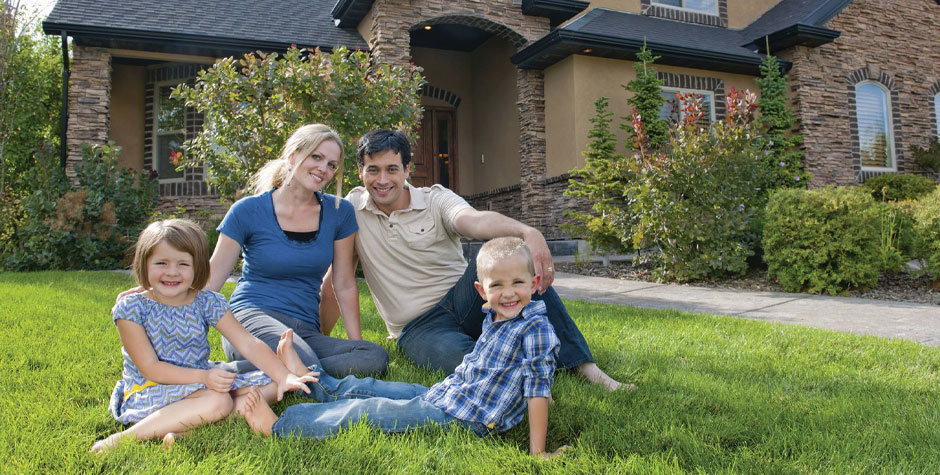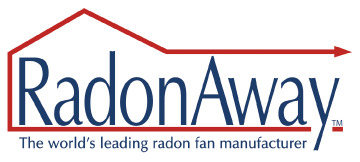Radon Exposure
Radon exposure has been a concern in the United States for many decades. It is a naturally occurring, radioactive gas that can be found in homes and buildings, and it is the second leading cause of lung cancer in the United States. Radon exposure is a serious health risk, and it is important to be aware of the potential risks associated with it.
The first steps to mitigate radon exposure in the US began in the 1980s, when the Environmental Protection Agency (EPA) created the Radon Gas Reduction Program. This program provided funding to states to help reduce the risk of radon exposure in homes and buildings. Over the years, the EPA has continued to provide funding and guidance to states to help reduce the risk of radon exposure.
Today, there are a variety of services available to help reduce the risk of radon exposure in homes and buildings. These services include radon testing, radon mitigation systems, and radon prevention plans.
Did you know...
- • 4.0 pCi/L (Picacuries per Liter) for 8 hours each day equals 200 chest x-rays per year!
- • Radon is a cancer-causing radioactive gas that is the leading cause of lung cancer among non-smokers.
- • All homes have some level of radon and all should be tested.
- • The EPA recommends testing your home for Radon every two years.
- • Testing for radon is the only way to determine if your home has elevated levels of the gas.
What is your exposure?
Radon exposure is a serious health risk that should not be overlooked in residential settings. Radon is a naturally occurring, odorless, colorless gas produced by the breakdown of uranium in soil, rock, and water. Inhaling radon gas can cause lung cancer and other respiratory illnesses, making it a serious health hazard in homes.
The Environmental Protection Agency (EPA) recommends testing all homes for radon levels, as the gas can seep into buildings through cracks in the foundation and other openings. If the test results reveal levels of radon higher than 4 picocuries per liter (pCi/L), then the EPA recommends taking steps to reduce the exposure. This can be done by sealing cracks in the foundation, installing a vent pipe system, or using a heat recovery ventilator.
It is important to take the necessary steps to reduce radon exposure in residential settings, as it is a serious health hazard. Contact us to talk with a certified radon mitigation expert about all of your questions and system needs.



